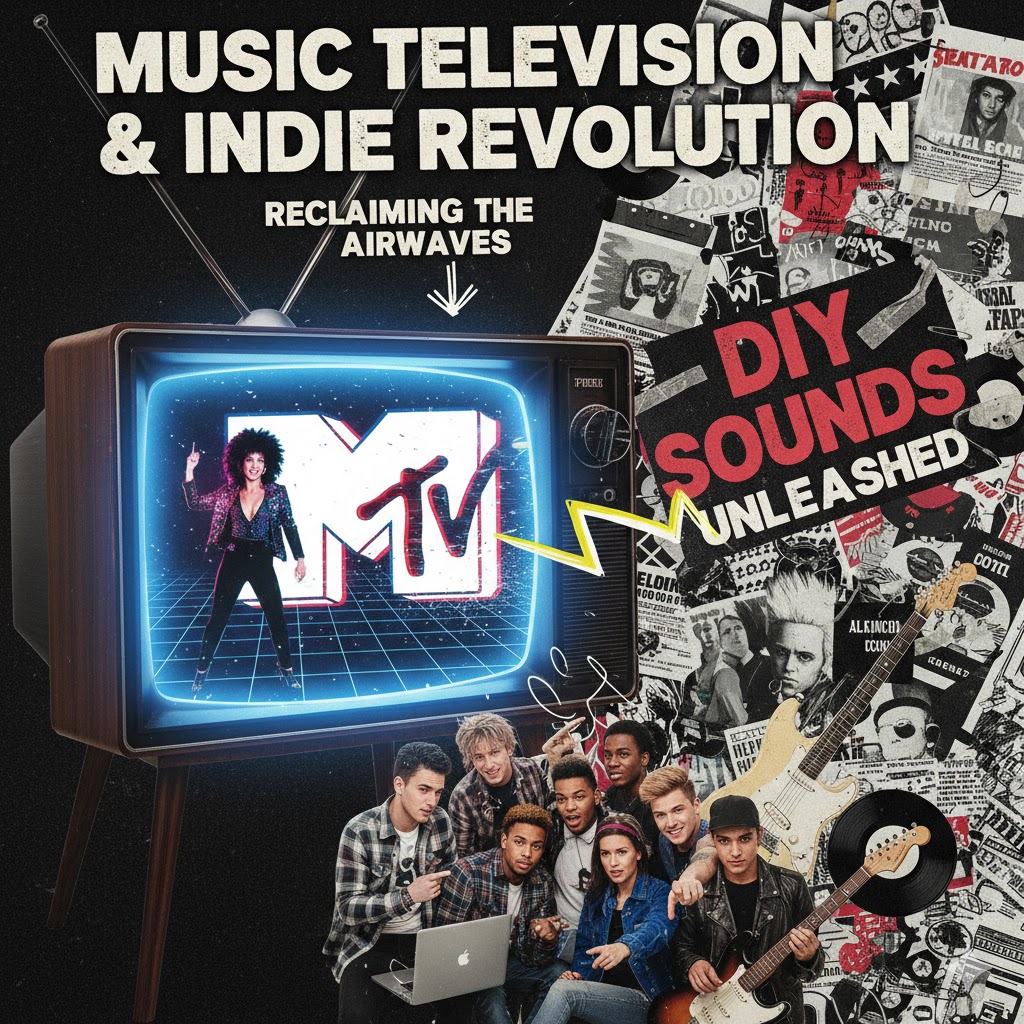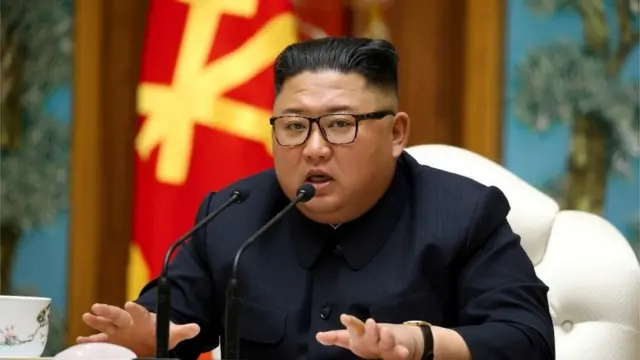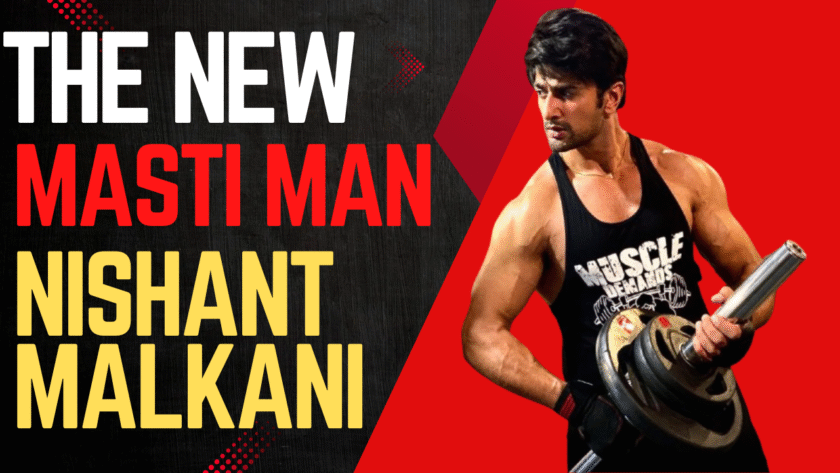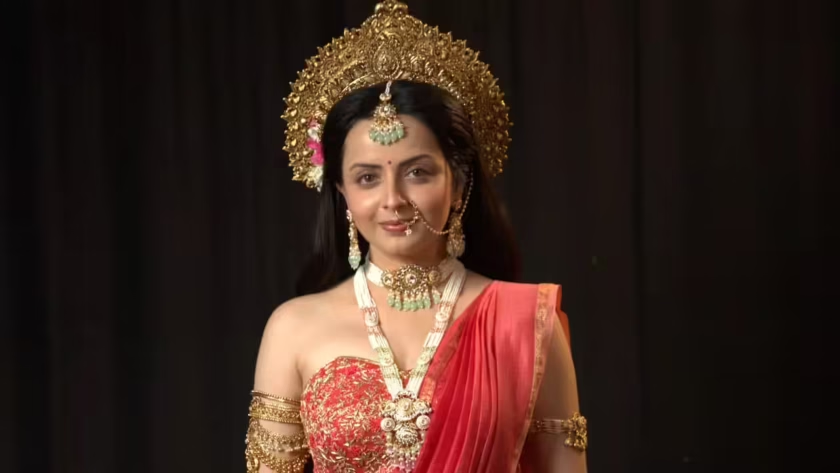Mumbai: The monsoon of 1992 smelled like wet earth and diesel. In a two-room flat above a kirana store in Mumbai’s Bandra, four kids who’d never left Maharashtra stared at a flickering television. The screen glowed with a grainy video: four guys in kurtas and ripped jeans, hair in their eyes, thrashing guitars in a college canteen. The song was “Rock ’n’ Roll Star,” and the channel was MTV India.
One of the kids, a wiry drummer named Arjun, felt the floor tilt. “That could be us,” he whispered. His band, Thermal and a Quarter, had been playing empty cafés for two years. That night, they wrote their first real song.
This is the story of how a satellite channel beamed from Singapore accidentally birthed a revolution. MTV India didn’t set out to champion indie rock. It stumbled into it—drunk on TRPs, desperate for anything that looked like rebellion after the filmi disco apocalypse of the ’80s. But once the signal hit the airwaves, it rewired bedrooms, terraces, and Irani cafés from Bengaluru to Shillong. Indie rock wasn’t just music anymore; it was a lifestyle, a uniform, a secret handshake. And MTV was the loudspeaker.
The Spark: MTV Alternative and the Midnight Darshan
Before Thermal, there was MTV Alternative. Airing Sunday nights at 11:30 p.m., the show was MTV India’s concession to the weird kids—the ones who taped All India Radio’s In the Groove and argued about The Doors in Rhythm House aisles.
Host Nikhil Chinapa, with his goatee and deadpan Bombay cool, introduced India to bands that smelled like filter coffee and cigarette beedis. Pentagram screamed through “Rock ’n’ Roll Sht”* on a soundstage that looked borrowed from a Doordarshan studio. Indus Creed tuned guitars with tabla sticks while Uday Benegal stared down the camera like he knew your secrets. Parikrama played “Vapourised” on a Delhi rooftop, and every middle-class kid with a second-hand Yamaha suddenly believed the North could birth poetry.
Viewership was tiny—maybe 200,000 homes with cable—but those homes were incubators. In them, future bloggers, venue bookers, and label interns learned that “Indian rock” wasn’t an oxymoron; it was permission.
When MTV Alternative played Motherjane’s “Mindstreet” in 2002, a 16-year-old in Kochi named Anjali quit Bharatanatyam and started a band called Avial. She mailed a demo to Counter Culture Records with a Polaroid of her middle finger. They signed her.
The Explosion: Rock On!! and the Kurta Flood
Then came September 24, 2008. Farhan Akhtar’s Rock On!! dropped, and MTV India put Magik’s “Zeher” in heavy rotation. The video—Arjun Rampal in a leather jacket, a rehearsal room in Mehboob Studio, Farhan’s howl—was a Molotov cocktail aimed at every Kumar Sanu poster in India.
Overnight, major labels scrambled to sign anything with distorted guitars and a bad attitude. Sony BMG, T-Series, Universal—they all wanted their own Magik. But the real magic happened lower down the food chain.
Indie labels like Counter Culture, Blue Frog Records, and RSJ’s Dogma Tones suddenly had leverage. RSJ’s Vijay Nair flew to Mumbai with a stack of CDs and left with a distribution deal from Sony. Only Much Louder (OML), run by Vijay and Girish Talwar out of a Bandra garage, watched The Supersonics videos sneak onto MTV Indies.
The channel’s cartoon mascots headbanging to “Containers” was absurd, but it sold gig tickets. Kids who’d never heard of Kolkata now wore Supersonics T-shirts ironically, then sincerely.
MTV didn’t just play the videos; it mythologized the bands. MTV Unplugged Season 1 followed Agnee on tour, filming Amit Kilam buying chai at a dhaba. The Raghu Dixit Project’s “Mysore Se Aayi” video—Raghu in a lungi, dancing through a village fair—made folk-rock look sexy.
Every frame screamed: You don’t need a penthouse or a pompadour to matter.
The Ecosystem: From Garages to MTV Indies
By 2010, MTV launched MTV Indies, a 24-hour channel for “everything desi and independent.” Landing there was the indie equivalent of a Filmfare award.
Swarathma’s “Pyaar Ke Naam” hit the playlist, and suddenly Topiwalleh was in every campus fest. The clip—Antaragni stage, warli-painted faces, a mosh pit in dhotis—felt like spying on your cool cousin from Belgaum. Streams jumped from 2,000 to 200,000 in a month.
The channel also greenlit Dewarists, co-produced with Red Bull, where Vishal Dadlani jammed with Rajasthani folk musicians in a haveli. The show’s set looked like a chai tapri exploded—charpoys, hookahs, a harmonium. It was calculated chaos, but it worked. Viewers felt like they were crashing a baithak where the hosts didn’t care if you spilled cutting chai on the rug.
Behind the scenes, a shadow economy bloomed. Indie bands couldn’t afford slick videos, so they got creative. Peter Cat Recording Co. shot “Love Demons” on a Nokia phone in a Delhi metro for ₹8,000. The lo-fi graininess became a badge of honor.
When Indian Ocean’s “Kandisa” video—shot in Ladakh, monks chanting over electric guitars—hit MTV, major labels begged for the recipe. There wasn’t one. The recipe was altitude and imagination.
The Culture Shift: Kurtas, Blogs, and the Death of Filmi Poseurs
MTV didn’t just sell streams; it sold a uniform. Kurtas, kolhapuri chappals, and Fabindia jackets became the indie armor.
In 2008, Rock On!! hit theaters, and every Galleria kid in Delhi wanted to look like they’d slept in a rehearsal room. The irony? Many of the bands MTV championed hated the mainstreaming.
Parikrama’s Nitin Malik refused to lip-sync on MTV Most Wanted. Euphoria’s Palash Sen called MTV “the death star of originality.” But the signal was too strong. Even purists bought Tata Sky.
Blogs exploded. NH7.in, Rolling Stone India, and homemade WordPress pages like Death by Shoelace dissected every MTV rotation.

A 2012 post on The Music Slut ran a 1,200-word takedown of MTV Indies titled “Corporate Indie Is the New Item Number.” Yet the same post reviewed Advaita’s demo tape. Contradiction was the point. Indian indie thrived on arguing with itself.
Campus radio, once the only lifeline, now shared the airwaves with MTV’s influence. Stations like Radio Indigo in Bengaluru and Radio City Freedom played the same songs the channel did—but with RJs who sounded like they’d read Naipaul.
The cross-pollination was electric. A kid in Bhubaneswar could hear The Vinyl Records on college radio, then see them on Dewarists at 10 p.m., then drive to Pune to catch them in a pub. The pipeline was real.
The Backlash and the Legacy
By 2015, the gold rush soured. Yo Yo Honey Singh’s “Party All Night” video—slow-motion rain, item girls—felt like indie rock in a fairness cream ad. Bollywood EDM loomed. MTV shifted to Splitsvilla and Roadies auditions. MTV Indies became MTV Beats. Dewarists ended.
But the damage—or salvation—was done.
The bands MTV platformed built infrastructure. Counter Culture became a mini-major. OML signed Dualist Inquiry and Nucleya. NH7 launched the Weekender Festival, now the country’s biggest independent music gathering.
The rehearsal rooms that hosted early Thermal shows became the blueprint for Mumbai’s antiSOCIAL and Delhi’s Piano Man Jazz Club. Even the aesthetic—phone-shot videos, ironic detachment, Fabindia chic—echoed into the Soundcloud era of Prateek Kuhad and Anuv Jain.
Indie had entered its second wave—sleeker, but with the same DNA.
The Footnotes of the Revolution
Back in that Bandra flat, Thermal and a Quarter never got Bollywood famous. They pressed 1,000 copies of a CD, played Hard Rock Café once, and broke up when Arjun joined an ad agency.
But Anjali from Kochi—Avial—toured with Coke Studio in 2012. She sent Arjun a postcard from Goa:
“Saw our video on MTV Indies. You were right.”
He kept it in his wallet through two startup pivots and three failed app launches.
By the time he looked up again, MTV India had become a memory of a memory—a nostalgia loop of Roadies reruns and pop remixes. But on YouTube, a grainy clip resurfaced—Nikhil Chinapa introducing Indus Creed on MTV Alternative.
In the comments, teenagers born after Rock On!! debated whether it still felt authentic. One wrote: “This is when it all meant something.” Another replied: “It still does.”
Echoes in the Static
MTV India didn’t invent Indian indie rock. It didn’t even understand it—most VJs pronounced “Shillong” wrong. But for one incandescent moment, it held a mirror to a generation that wanted music to feel like a secret worth keeping—and then screamed that secret to 50 million homes.
The kurtas faded. The videos moved to YouTube. But the culture it birthed still hums in every garage jam, every Bandcamp release, every kid who hears a fuzzy guitar and thinks, That could be us.
Because that’s what MTV really did in the early 2000s—it democratized rebellion. It told a generation that a garage in Gurgaon was just as sacred as a studio in Andheri. It gave outsiders a glimpse of themselves reflected in the glare of cable TV.
Even now, when algorithms curate taste instead of VJs, the spirit lingers—in every lo-fi clip that goes viral, every indie artist who breaks out through Instagram, every festival that still books a band with a guitar older than its audience.
Back then, MTV’s signal cut through static. Now, it’s just pixels on demand. But if you close your eyes, you can still hear the faint hum of that revolution: the monsoon rain, a distant riff, and hearts pounding in sync across small-town bedrooms.
The monsoon of 1992 is long gone.
The music never really left.
The signal’s gone, but the static lingers.






